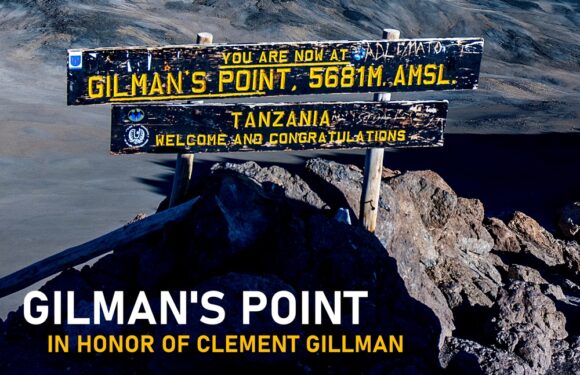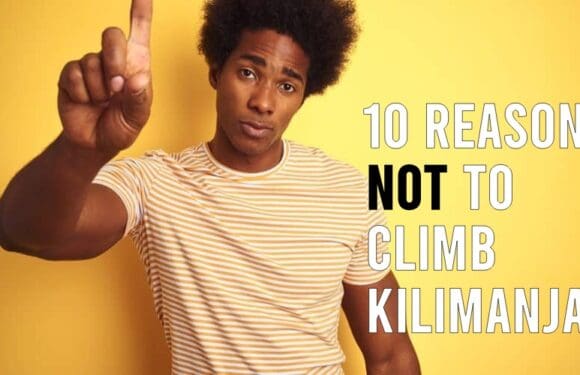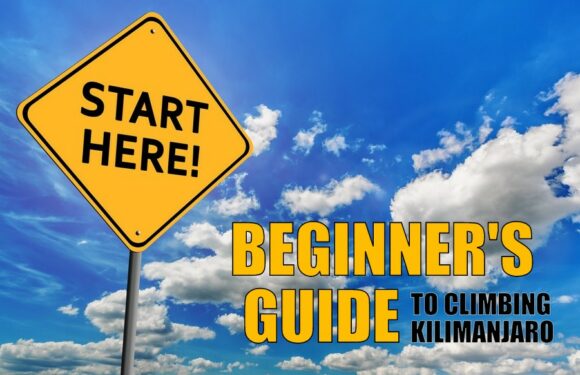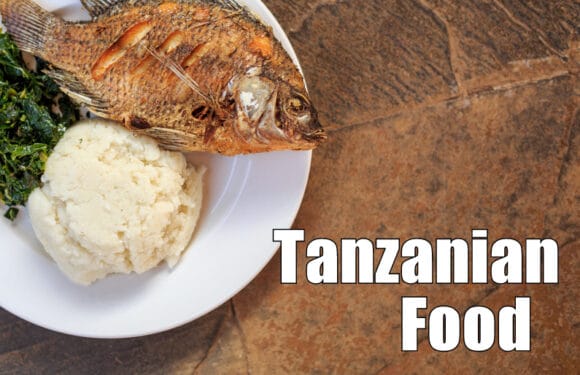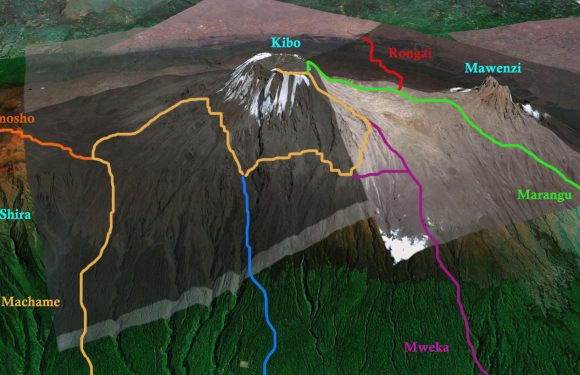
Continuing on the previous post on the Kilimanjaro Climb Survey, below are the summarized results of the last 10 questions:
- 76% of climbers experienced at least one symptom of altitude sickness
- 33% of climbers used Diamox
- 100% of climbers rated their fitness level as “average”, “very good”, or “excellent”
- 55% of climbers found summit day difficult or challenging
- 37% of climbers found altitude acclimatization difficult or challenging
- The most common rating for the climb difficulty was 7/10
- 35% of climbers prepared for the climb primarily by hiking
- Of those who trained, the median frequency was three times per week
- Of those who trained, the median training time was two months
- 18% of climbers did not train
- 62% of climbers paid $1,500 or less for the climb
- 92% of climbers rated their experience 8/10 or higher (10 = great)
The respondents’ susceptibility to altitude sickness is consistent with published figures citing that more than 75% of climbers will experience at least some form of mild AMS over 10,000 feet (Kilimanjaro is 19,340 feet high). While the most common symptoms among respondents are indicative of mild AMS, a few respondents showed symptoms of moderate or severe AMS. Most respondents chose not use Diamox.
All respondents rated their fitness level as average or better, which is good considering that 18% of respondents said they did not train at all for the climb. Of those who trained, the majority hiked, which is the best form of training, and trained three days per week, which is the minimum recommended frequency. Most operators recommend a minimum of two months of training; 66% of those who trained did so for more than two months.
The price respondents paid to climb Kilimanjaro is understated in today’s dollars due to the doubling of Kilimanjaro park fees over the past several years. The increase in these fees alone would increase the price per climber by around $300 (for a six-day climb). Therefore, it appears that adjusting for this increase would result in most respondents paying between $1,000 to $2,000 per climber if they were climbing today.
Finally, it is interesting to note that almost all climbers had a great experience on the mountain, regardless of all other measured variables – how old they were, when they climbed, what route they chose, how many days they climbed, and whether or not they reached the summit.



















































